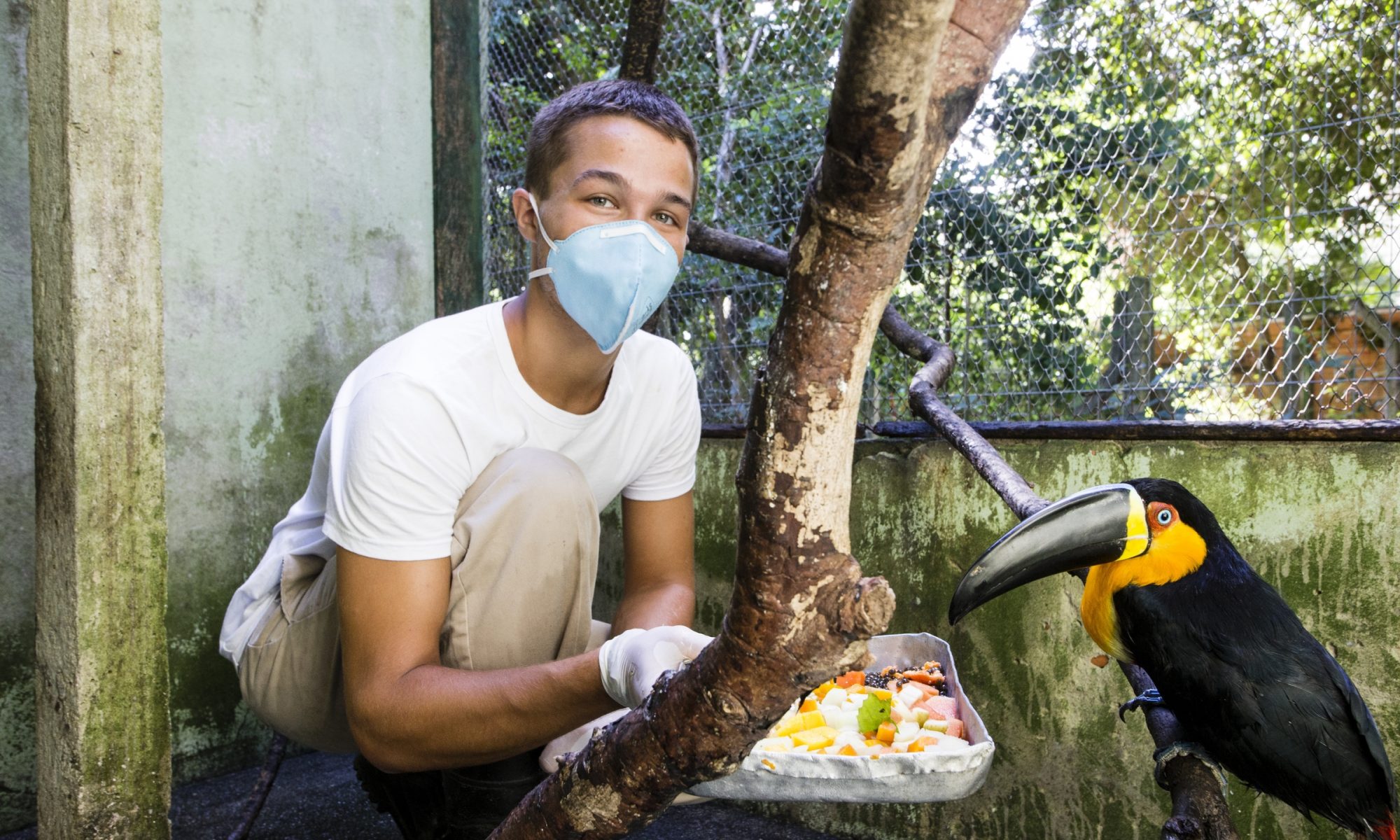
by Stephanie, Tufts 1+4 Participant
There is a bridge that I cross four times a day to go to work that always makes me smile when I walk over it. In front of me, I can see the city of Cuenca spanning in every direction, beautiful mountains lining the horizon in the distance, and a sky that seems so close to the ground that I can almost touch it. This sight is paired with the sounds of rushing water from the Tomebamba river flowing beneath my feet and of cars accelerating to catch the green light ahead of me. Even the smells of truck fumes that constantly fill my nose cannot detract from this walk.
When my host mother first drove the route with me, I remember thinking, “well there goes 80 valuable minutes of my day wasted”. The walk seemed like an inconvenience to me, nothing more. Two months ago, little did I know that this walk, the introspective thinking time it gave me, the chances to experience the new sights, sounds, and smells of Cuenca, would almost always be the best part of my day.
At home in Austin, Texas, I was constantly moving. I had school everyday, homework to do, activities every evening, and seemingly no free time. Or when I did have free time, I wasted it on activities that I knew were not productive, like watching TV and re-reading my favorite books. I never took the time to appreciate the place where I was living or the activities in which I was lucky enough to participate. Activities like robotics, Girl Scouts, and Taekwondo filled my time and served as creative and physical outlets to relieve stress and mature.
I loved my life in the US. It helped me grow into the person I am today. But in Cuenca, I am learning to appreciate a different pace and a different culture. I am learning that success can be defined differently than just the next rung on the ladder. Before now, I never truly thought about how my high school activities provided me valuable life experiences or how they were building me into the person I am today.
These past two months in Ecuador, I have felt more relaxed than I have since high school began. For the first time ever, I have actually devoted time to thinking about what I want for my future, not just what college I want to attend. For the first time in a long time, I have noticed the people and places around me and have taken the time to appreciate all they provide me. For the first time, I feel as though I am aware of the kind of life I want to live after my gap year is over, a life full of adventure and freedom.

I learned all of these positive things about myself and my surroundings during my commutes to and from work. These small pockets of free time that are actually being used to think about the future to come. I think this is why I smile when I cross the bridge. I see the city, the mountains, the sky, and the river, hear their sounds and smell their smells, and I realize all over again how lucky I am to be here and how free I am to make my own future.









